TED Hugh Herr The new bionics that let us run, climb and dance 2014 - Hugh Herr The new bionics that let us run, climb and dance HD
Текст оды целиком и бесплатно:
0012
Looking deeply inside nature, through the magnifying glass of science, designers extract principles, processes and materials that are forming the very basis of design methodology. From synthetic constructs that resemble biological materials, to computational methods that emulate neural processes, nature is driving design. Design is also driving nature. In realms of genetics, regenerative medicine and synthetic biology, designers are growing novel technologies, not foreseen or anticipated by nature.
0052
Bionics explores the interplay between biology and design. As you can see, my legs are bionic. Today, I will tell human stories of bionic integration how electromechanics attached to the body, and implanted inside the body are beginning to bridge the gap between disability and ability, between human limitation and human potential.
0123
Bionics has defined my physicality. In 1982, both of my legs were amputated due to tissue damage from frostbite, incurred during a mountain-climbing accident. At that time, I didn't view my body as broken. I reasoned that a human being can never be "broken." Technology is broken. Technology is inadequate. This simple but powerful idea was a call to arms, to advance technology for the elimination of my own disability, and ultimately, the disability of others. I began by developing specialized limbs that allowed me to return to the vertical world of rock and ice climbing. I quickly realized that the artificial part of my body is malleable able to take on any form, any function -- a blank slate for which to create, perhaps, structures that could extend beyond biological capability. I made my height adjustable. I could be as short as five feet or as tall as I'd like.
0232
(Laughter)
0234
So when I was feeling bad about myself, insecure, I would jack my height up.
0240
(Laughter)
0242
But when I was feeling confident and suave, I would knock my height down a notch, just to give the competition a chance.
0248
(Laughter)
0250
(Applause)
0252
Narrow-edged feet allowed me to climb steep rock fissures, where the human foot cannot penetrate, and spiked feet enabled me to climb vertical ice walls, without ever experiencing muscle leg fatigue. Through technological innovation, I returned to my sport, stronger and better. Technology had eliminated my disability, and allowed me a new climbing prowess. As a young man, I imagined a future world where technology so advanced could rid the world of disability, a world in which neural implants would allow the visually impaired to see. A world in which the paralyzed could walk, via body exoskeletons.
0331
Sadly, because of deficiencies in technology, disability is rampant in the world. This gentleman is missing three limbs. As a testimony to current technology, he is out of the wheelchair, but we need to do a better job in bionics, to allow, one day, full rehabilitation for a person with this level of injury. At the MIT Media Lab, we've established the Center for Extreme Bionics. The mission of the center is to put forth fundamental science and technological capability that will allow the biomechatronic and regenerative repair of humans, across a broad range of brain and body disabilities.
0412
Today, I'm going to tell you how my legs function, how they work, as a case in point for this center. Now, I made sure to shave my legs last night, because I knew I'd be showing them off.
0423
(Laughter)
0425
Bionics entails the engineering of extreme interfaces. There's three extreme interfaces in my bionic limbs mechanical, how my limbs are attached to my biological body dynamic, how they move like flesh and bone and electrical, how they communicate with my nervous system.
0441
I'll begin with mechanical interface. In the area of design, we still do not understand how to attach devices to the body mechanically. It's extraordinary to me that in this day and age, one of the most mature, oldest technologies in the human timeline, the shoe, still gives us blisters. How can this be? We have no idea how to attach things to our bodies. This is the beautifully lyrical design work of Professor Neri Oxman at the MIT Media Lab, showing spatially varying exoskeletal impedances, shown here by color variation in this 3D-printed model. Imagine a future where clothing is stiff and soft where you need it, when you need it, for optimal support and flexibility, without ever causing discomfort.
0531
My bionic limbs are attached to my biological body via synthetic skins with stiffness variations, that mirror my underlying tissue biomechanics. To achieve that mirroring, we first developed a mathematical model of my biological limb. To that end, we used imaging tools such as MRI, to look inside my body, to figure out the geometries and locations of various tissues. We also took robotic tools -- here's a 14-actuator circle that goes around the biological limb. The actuators come in, find the surface of the limb, measure its unloaded shape, and then they push on the tissues to measure tissue compliances at each anatomical point.
0614
We combine these imaging and robotic data to build a mathematical description of my biological limb, shown on the left. You see a bunch of points, or nodes? At each node, there's a color that represents tissue compliance. We then do a mathematical transformation to the design of the synthetic skin, shown on the right. And we've discovered optimality is where the body is stiff, the synthetic skin should be soft, where the body is soft, the synthetic skin is stiff, and this mirroring occurs across all tissue compliances. With this framework, we've produced bionic limbs that are the most comfortable limbs I've ever worn. Clearly, in the future, our clothing, our shoes, our braces, our prostheses, will no longer be designed and manufactured using artisan strategies, but rather, data-driven quantitative frameworks. In that future, our shoes will no longer give us blisters.
0708
We're also embedding sensing and smart materials into the synthetic skins. This is a material developed by SRI International, California. Under electrostatic effect, it changes stiffness. So under zero voltage, the material is compliant, it's floppy like paper. Then the button's pushed, a voltage is applied, and it becomes stiff as a board.
0729
(Tapping sounds)
0732
We embed this material into the synthetic skin that attaches my bionic limb to my biological body. When I walk here, it's no voltage. My interface is soft and compliant. The button's pushed, voltage is applied, and it stiffens, offering me a greater maneuverability over the bionic limb.
0749
We're also building exoskeletons. This exoskeleton becomes stiff and soft in just the right areas of the running cycle, to protect the biological joints from high impacts and degradation. In the future, we'll all be wearing exoskeletons in common activities, such as running.
0807
Next, dynamic interface. How do my bionic limbs move like flesh and bone? At my MIT lab, we study how humans with normal physiologies stand, walk and run. What are the muscles doing, and how are they controlled by the spinal cord? This basic science motivates what we build. We're building bionic ankles, knees and hips. We're building body parts from the ground up. The bionic limbs that I'm wearing are called BiOMs. They've been fitted to nearly 1,000 patients, 400 of which have been wounded U.S. soldiers.
0841
How does it work?
0842
At heel strike, under computer control, the system controls stiffness, to attenuate the shock of the limb hitting the ground. Then at mid-stance, the bionic limb outputs high torques and powers to lift the person into the walking stride, comparable to how muscles work in the calf region. This bionic propulsion is very important clinically to patients. So on the left, you see the bionic device worn by a lady, on the right, a passive device worn by the same lady, that fails to emulate normal muscle function, enabling her to do something everyone should be able to do go up and down their steps at home. Bionics also allows for extraordinary athletic feats. Here's a gentleman running up a rocky pathway. This is Steve Martin -- not the comedian -- who lost his legs in a bomb blast in Afghanistan.
0933
We're also building exoskeletal structures using these same principles, that wrap around the biological limb. This gentleman does not have any leg condition, any disability. He has a normal physiology, so these exoskeletons are applying muscle-like torques and powers, so that his own muscles need not apply those torques and powers. This is the first exoskeleton in history that actually augments human walking. It significantly reduces metabolic cost. It's so profound in its augmentation, that when a normal, healthy person wears the device for 40 minutes and then takes it off, their own biological legs feel ridiculously heavy and awkward. We're beginning the age in which machines attached to our bodies will make us stronger
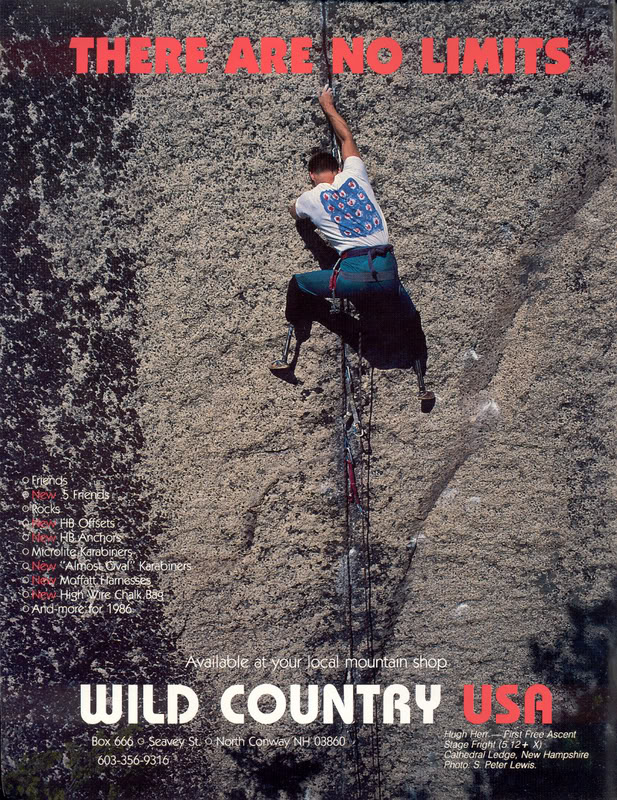












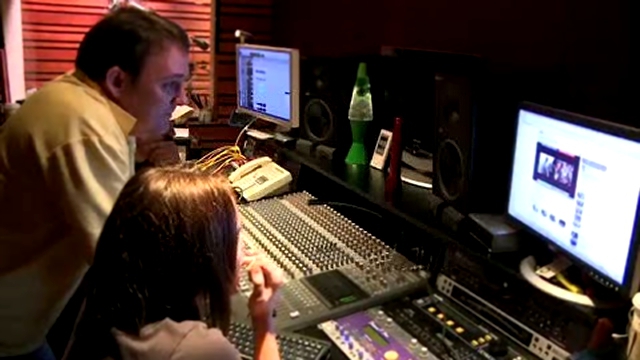
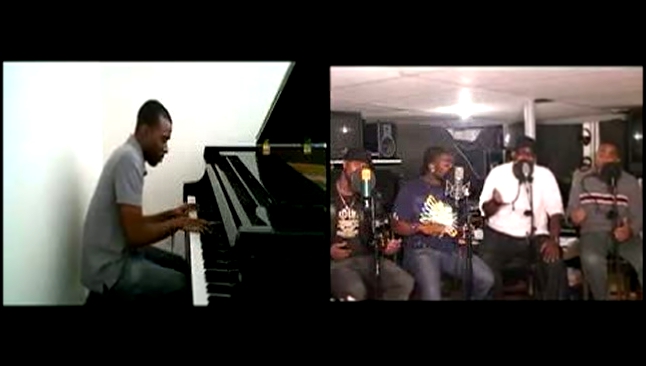

![Hannah Montana Forever Odcinek 2 [DUBBING PL]](/uploads/images/3/c/9/3c97b8d27cb8e25d0aeaa57f6c054e02.jpg)
![Miley Cyrus - The Climb [ Russian cover ] | На русском языке | HD 1080p](/uploads/images/a/a/5/aa55bc3ae98f9ef54db70eb03eb485cd.jpg)

![Hannah Montana Forever Odcinek 12 [DUBBING PL]](/uploads/images/e/b/2/eb2e15b43c17ac3f19c604104f33bc04.jpg)


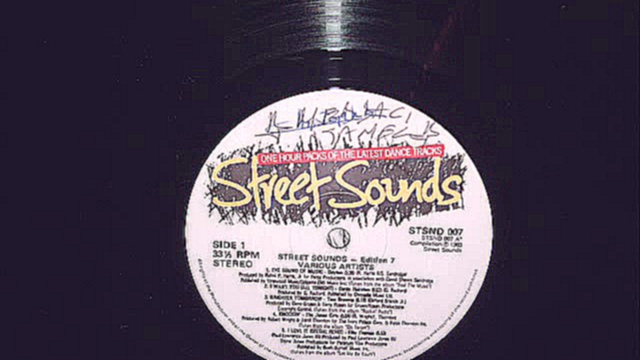


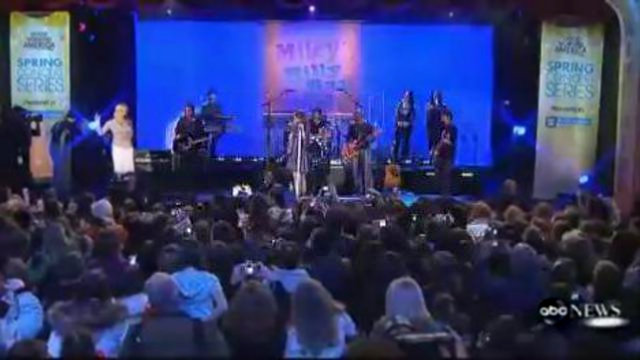
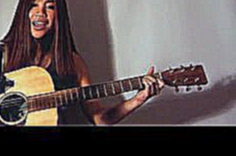
Все комментарии на сайте (0)